Bamburgh Castle, on the North East coast of England, has an amazing history dating right back to the stone age and up to the modern day. This new blog series will explore the castle, its history, its surroundings and the many adventures that have taken place within its glorious walls.
In days gone by, Bamburgh was one of the capitals of the Kingdom of Northumbria when it was an Anglo-Saxon kingdom in the North East of England. It’s been home to Saints, Kings and rebellious Lords. Let’s explore its history.
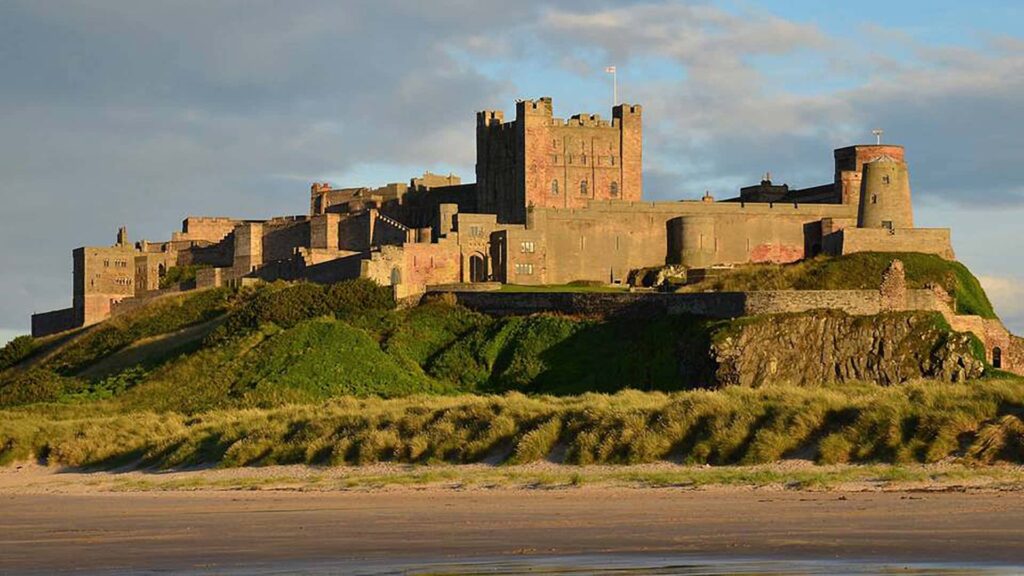
An introduction to Bamburgh Castle
Around 10,000 years ago, during the Ice Age, the ice started to melt and the North of England was once more revealed after hundreds of thousands of years under ice. As a stone age European, you could have walked from mainland Europe onto the British Isles, following the animal migrations. People did this for thousands of years, backwards and forwards, following migration routes. There is evidence for these early hunter-gatherers on Lindisfarne and along the North East Coast at Howick.
During that migration, people would have walked across a plain (where the North Sea is today) and seen a huge, rocky outcrop of black stone – the Whinstone that Bamburgh Castle is now built on. This would have been an ideal stopping and camping place, providing shelter and hunting opportunities. In more recent years, stone age tools have been found in the grounds of the castle so we know that stone age people were living in and around this area.
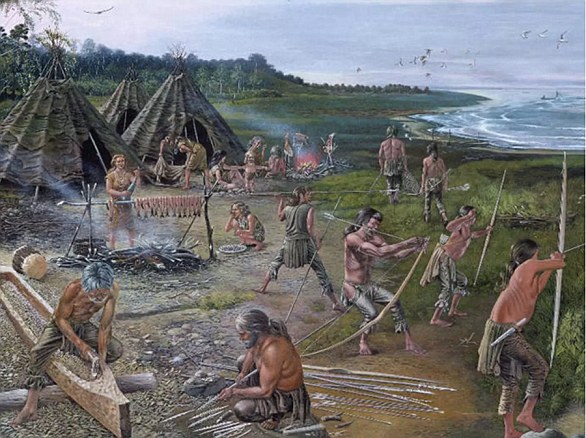
Bamburgh Castle – the neolithic period
Moving into the neolithic period, or the new stone age, a new population group of farmers, entered the British Iles. The east coast of England was, and still is, a perfect place for farming, so many of these population groups settled around Bamburgh to farm the land.
Bamburgh Castle – the Bronze age
Even further forward in history, the Bronze age people brought bronze technology to the British Iles. They also brought with them new burial practices, the evidence of which can be found all around the British Isles. Called cist burials, the Bronze age people buried their dead in stone-lined graves, curled up on their sides in the foetal position. They would also be buried with pottery – which gave them their name – Beaker people.
Bamburgh Castle – the Iron age
Into the Iron Age, a new tribe was reported by the Romans in the North of England. The tribe was called the Votadini and we think that they had a hillfort at Bamburgh. The Votadini appear to have allied with the Roman Empire.
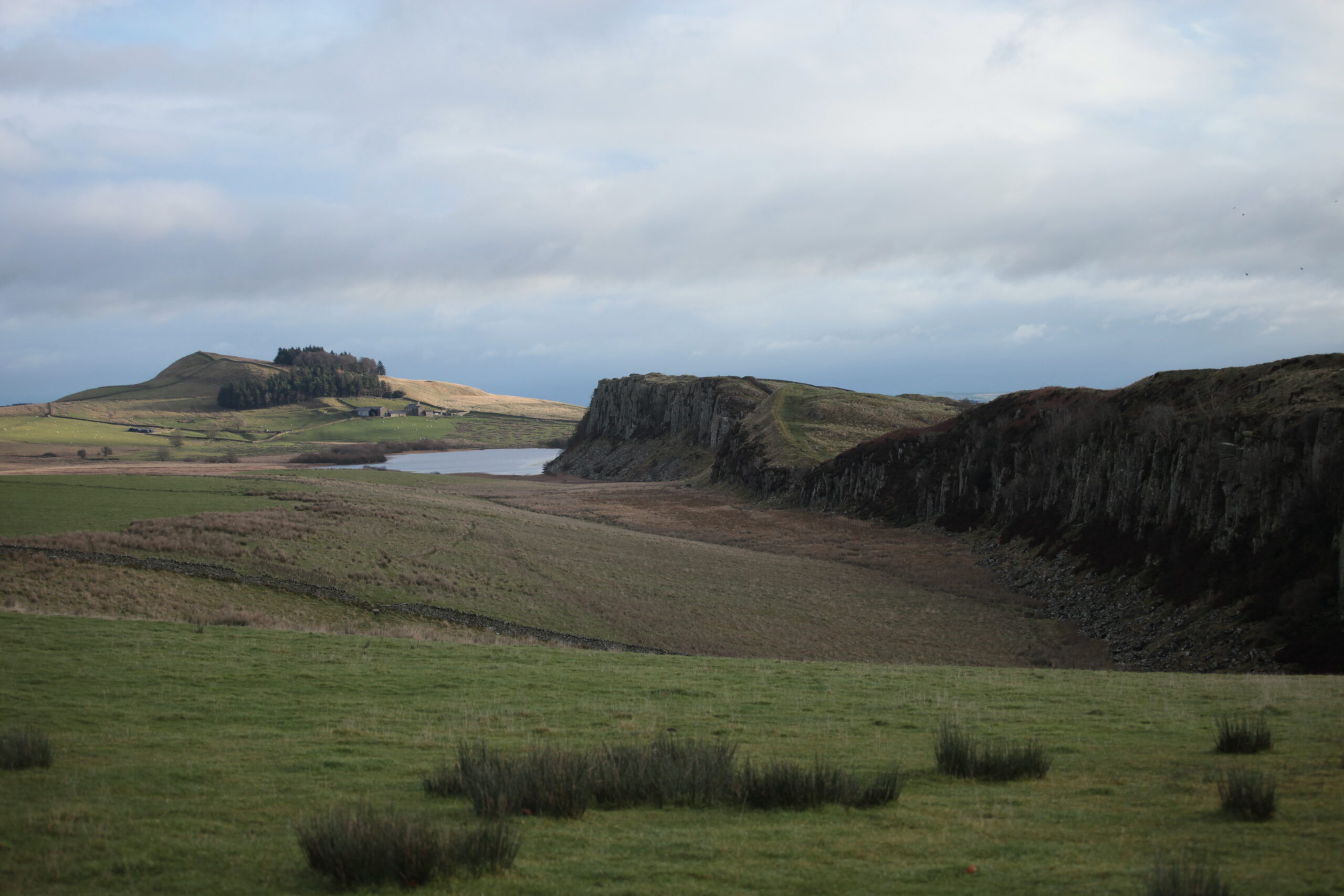
Bamburgh Castle – the Anglo-Saxon period
During the Anglo-Saxon period of history – also known as the Early middle ages. According to legend, a warlord called Ida sailed to England with three longships and conquered Lindisfarne and Bamburgh Castle. He was a fierce Germanic pagan and wanted the land for himself. He made Bamburgh the capital of his kingdom. His family then became the dynasty, the Idings would become the kings of Northumbria.
His grandson, Æthelfrith of Northumbria conquers much of the North East of England and becomes known as the Twister because no one can pin him down! He fell out with his brother-in-law, Edwin after taking his kingdom in Yorkshire. He chased Edwin all over England and Wales – trying to kill him! When Æthelfrith was killed in battle, by Edwin and his ally Rædwald, King of East Anglia, Edwin became king of Northumbria and goes on to rule the kingdom for eight more years before getting killed in battle by his adopted brother, Cadwallon of Gwynedd, a kingdom in North Wales.
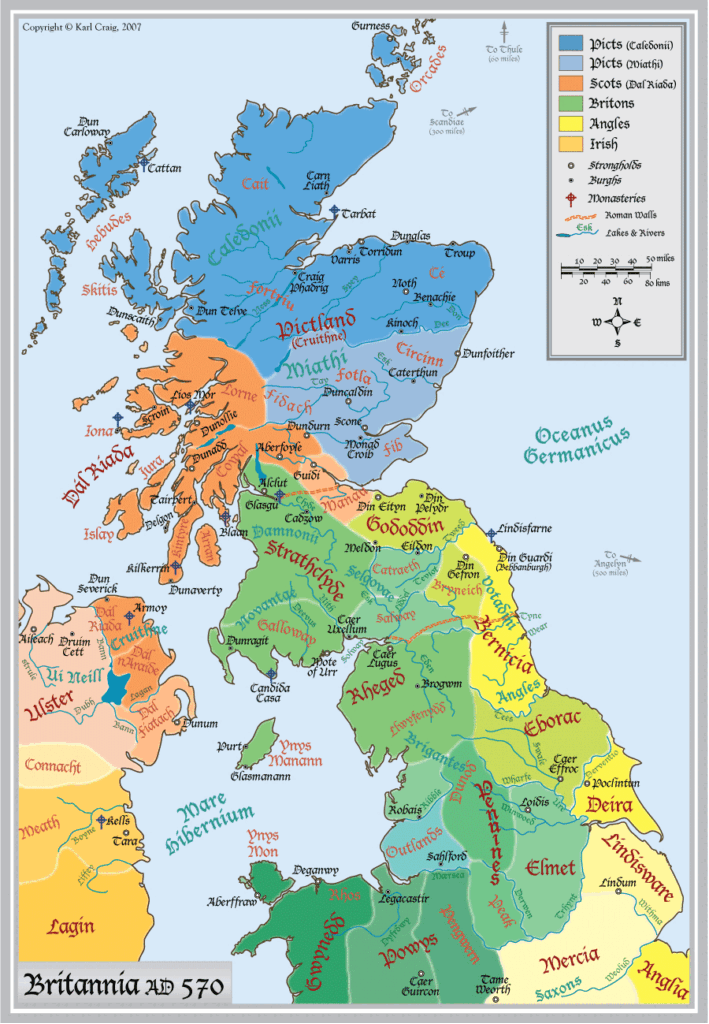
Æthelfrith’s son Oswald returns to Northumbria and wishes to set up a new kingdom under God. He claims Bamburgh castle as his own and gives Lindisfarne to his friend St Aidan. Bamburgh then becomes one of the capitals of Northumbria until the 10th century, where it suffers Viking raids and Scandinavian attacks.
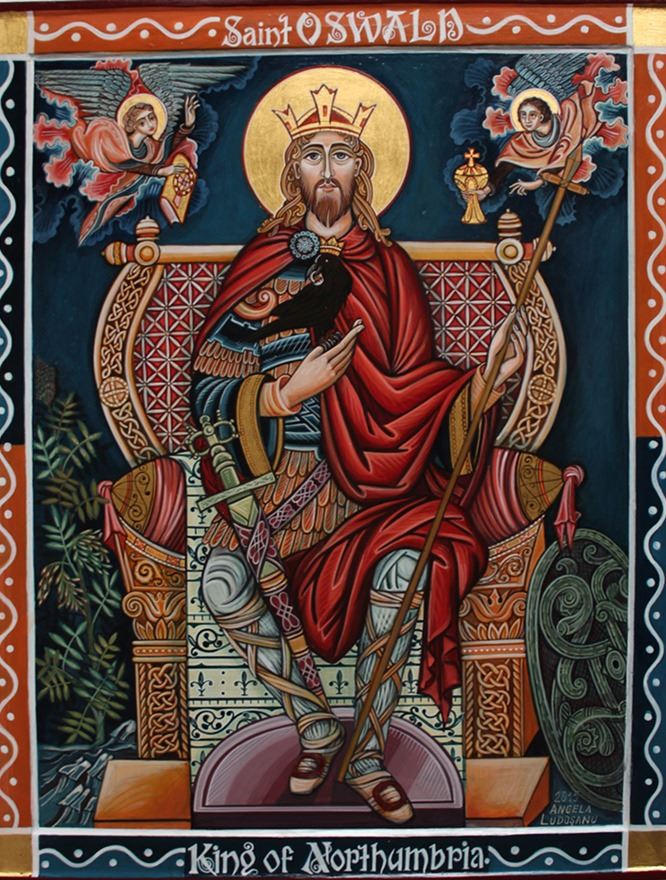
Bamburgh Castle – the Normal Conquest
During the Norman conquest, the Normans take over England and all it entails. When they took over Bamburgh castle, they gave it to Norman Lords. However, the Northumbrians rebelled, and William the conqueror eventually gave the land to the Bishop of Durham. He then sold it off to the Earls of Northumbria.
During that time, a wooden mott and bailey castle would have been on the site. It was subsequently upgraded in the reign of Henry II to a Norman Keep that can be seen today. When he built this castle, it remained an important Northumbrian castle but not as important as the great fortresses of Alnwick and Berwick.
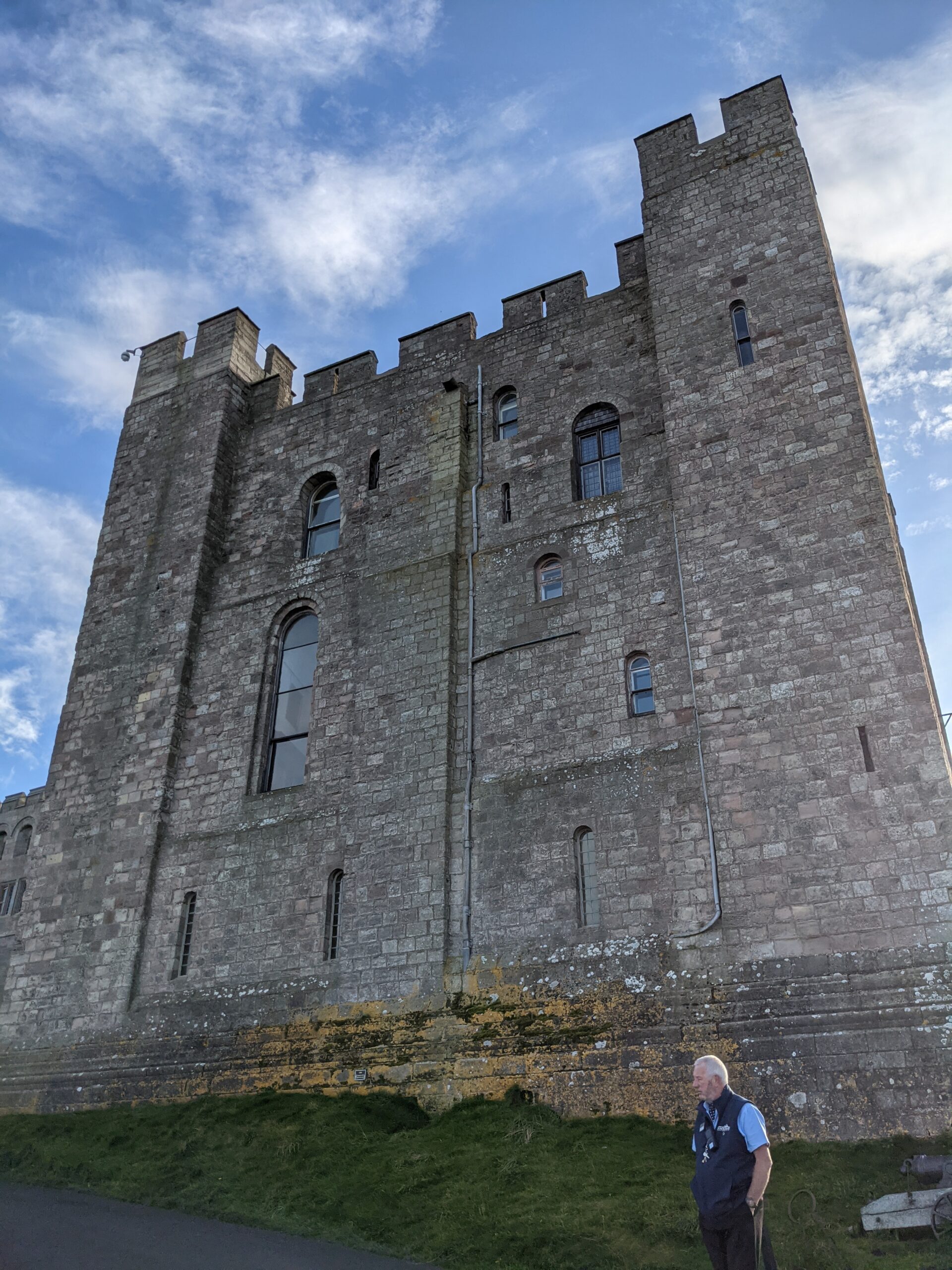
Bamburgh fell into disrepair after this time, being neglected by its stewards and left as a ruin throughout the 16th, 17th and the start of the 18th century. That was when it came into the hands of the Lord Crewe, the Bishop of Durham, who refurbished the castle and set up a trust to maintain and develop the castle into a school for young girls. It then provided schooling for the local area, a lifeguard and a pharmacy for the local people.
A return to glory
In 1898 the castle was restored to its full glory by Lord Armstrong, a fantastic industrialist from Newcastle who revolutionised so much of the technology in the late Victorian era. He was a leading light in shipbuilding, the arms trade, electricity and hydroelectricity. What you can see today is all down to Lord Armstrong’s amazing vision of what the castle could become.
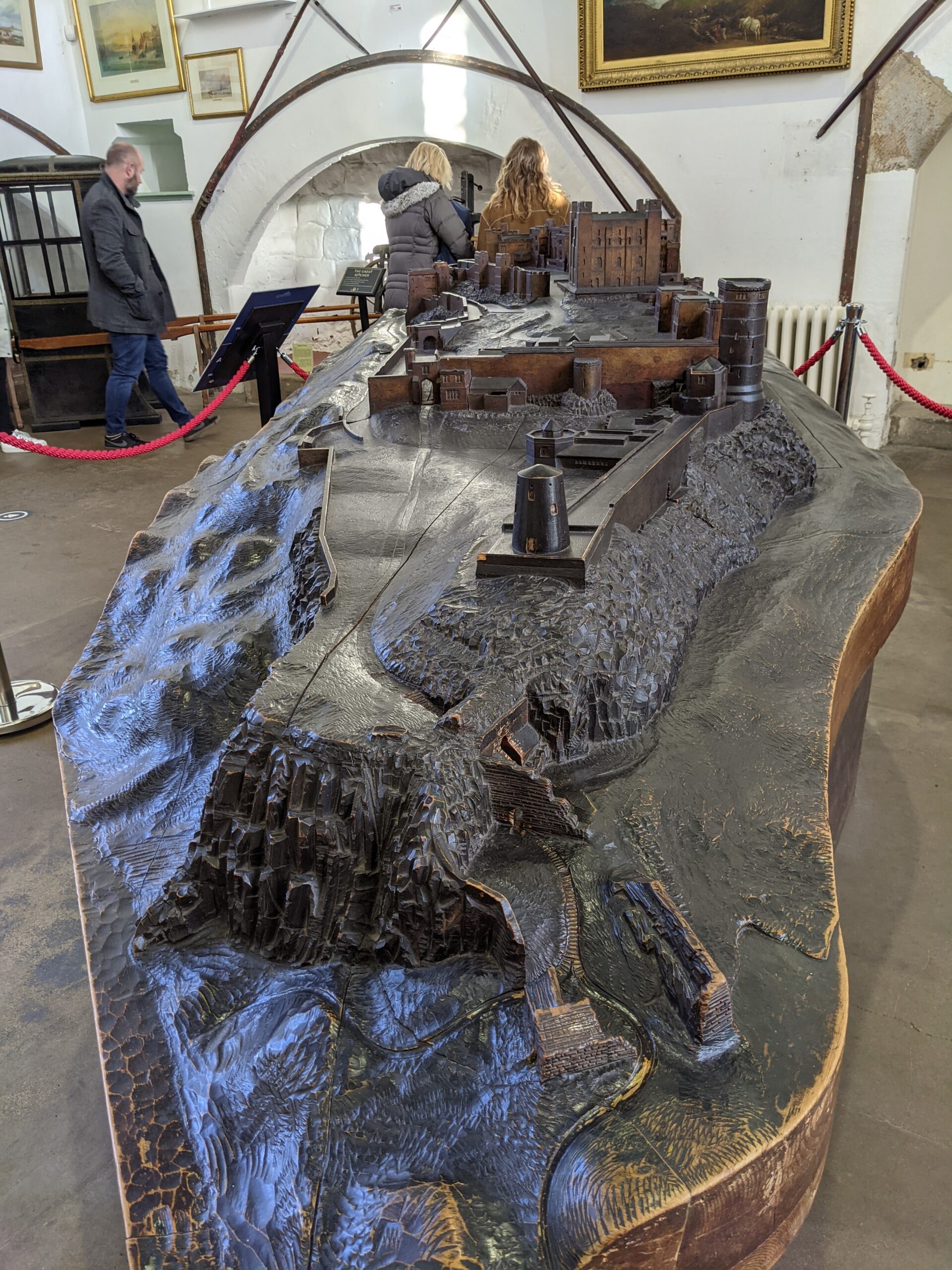
Today Bamburgh is a fantastic visitor attraction in the North East of England. It is still in the hands of the Armstrong family, whose vision to tell its story is very inspirational!



